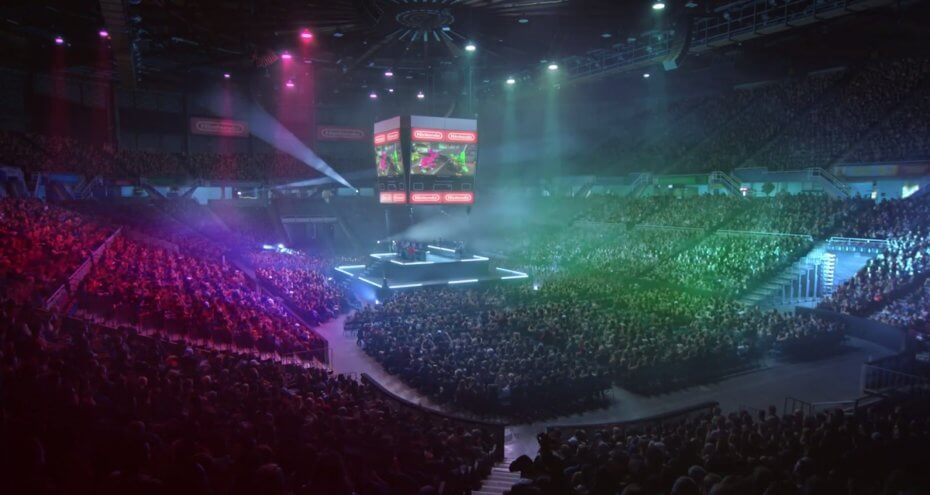
Women are half the gaming population but represent only a small minority in competitive gaming, an industry that is set to hit $1.1 billion in revenues by 2018. One contributing issue is the sexism that takes place in the otherwise burgeoning industry. With 85 percent of professional gamers male and the number of cases of online harassment and abuse that have left many female players feeling disenfranchised, esports is in trouble of being associated as a “boys club.”
One of the industry’s answers has been to create segregated girls-only teams, leagues, and tournaments, a proposition that doesn’t make sense in a sport where there are none of the physical disadvantages to mixing genders as there are in traditional sports. Sure, it’s a quick remedy that produces immediate results like offering more opportunities to gain experience. But it’s not a long-term solution, but rather a handicap that limits the wider potential of the industry.
It’s like smoking cigarettes at an early age. It threatens to stunt your growth.
Segregation isn’t the right answer and it only perpetuates the underlying issues, particularly when it’s clear that the industry will need to sooner or later consolidate itself by reintegrating the genders back together. This will be way more difficult after a few years pass and the landscape has already matured and broadened into a more mainstream industry.
Quite a few women feel disenfranchised, and that’s just bad business because you’re alienating half of your potential market of gamers and potentially also the wider community of female spectators. Gender parity has to be the aim and competitive gaming deserves it because it is inherently gender blind to begin with. So why is this happening?
It falls under what the industry refers to as toxic chat and behavior.
Reports of online harassment and abuse abound about toxic chats and dialogues that have descended into threats of rape or harm towards female players, and these cases are sometimes quite graphic. It’s only natural that the first knee-jerk reaction for the industry to take is…

